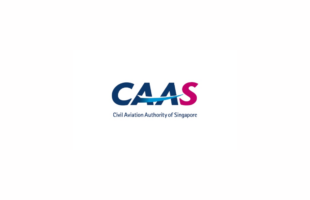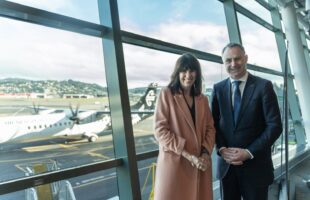

history last month with the first “gate-to-gate optimised flight,” between New Zealand and San Francisco.
The 777-200ER flight, dubbed ASPIRE 1 (Asia and South Pacific Initiative to Reduce Emissions), started in Auckland and consumed 4,600 litres less fuel than normal using a host of strategies to minimise fuel usage. That translated into 10.8 tonnes fewer CO2 emissions. ASPIRE is a joint initiative among US FAA, Airways NZ and Airservices Australia.
The 777-200ER was cleared for a “tailored arrival” – a continuous descent at idle thrust – at San Francisco. United Airlines, Japan Airlines, ANA and Qantas are using tailored arrivals at San Francisco in addition to ANZ, which launched the procedures in January and up to the end of May had saved 69,410 kg of CO2 emissions using the strategy.
ANZ will fly a 747 later this year partially powered by jatropha oil, which emits one-third the CO2 of current jet fuel. Jatropha is the most advanced of the biofuels currently being explored for use by the airline industry.
Boeing remains bullish on the scientifi c progress of biofuel development, with Director-Environmental Performance Billy Glover saying the manufacturer is confident commercially viable biofuel will be available to partially power aircraft by2013.








